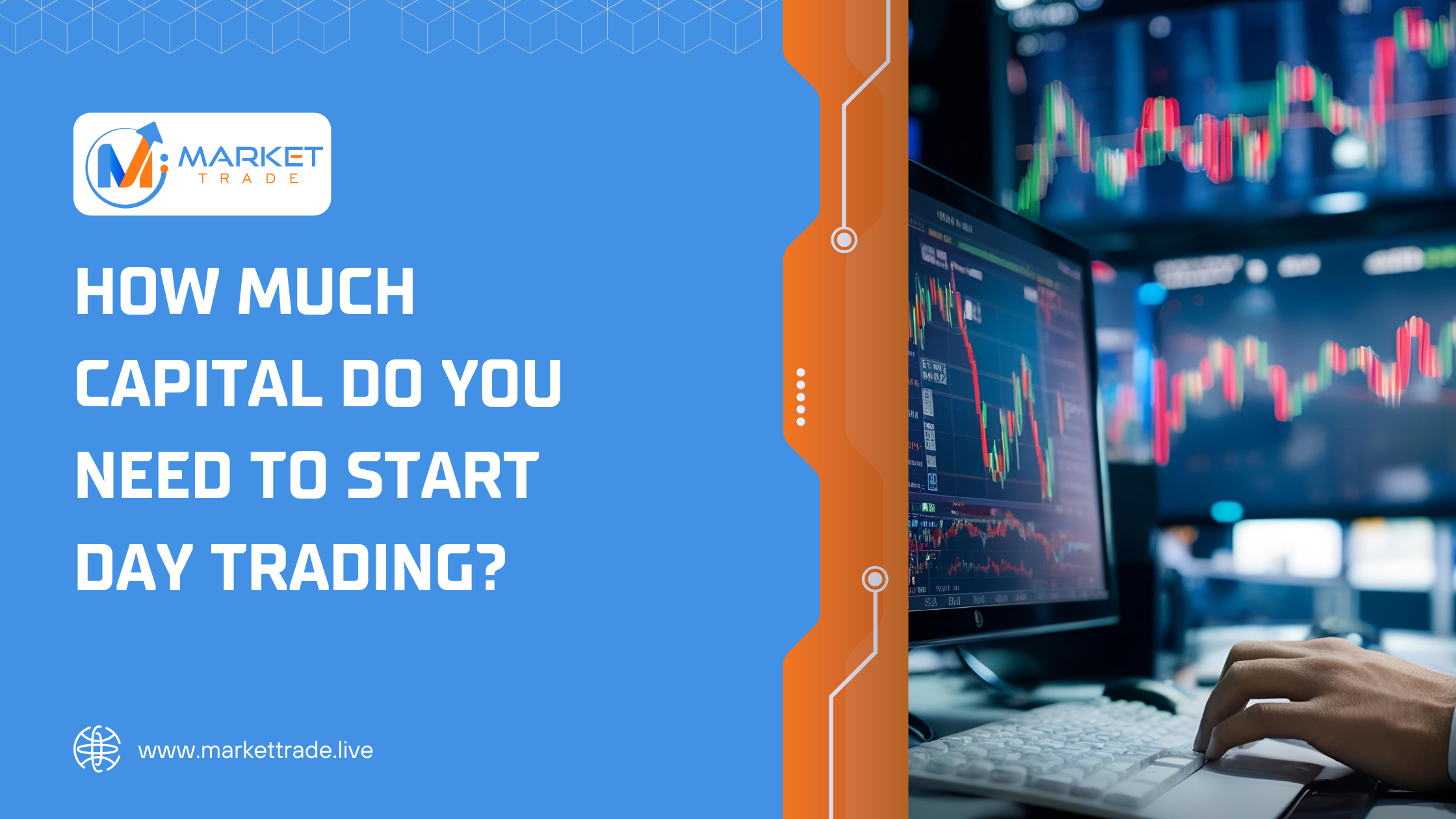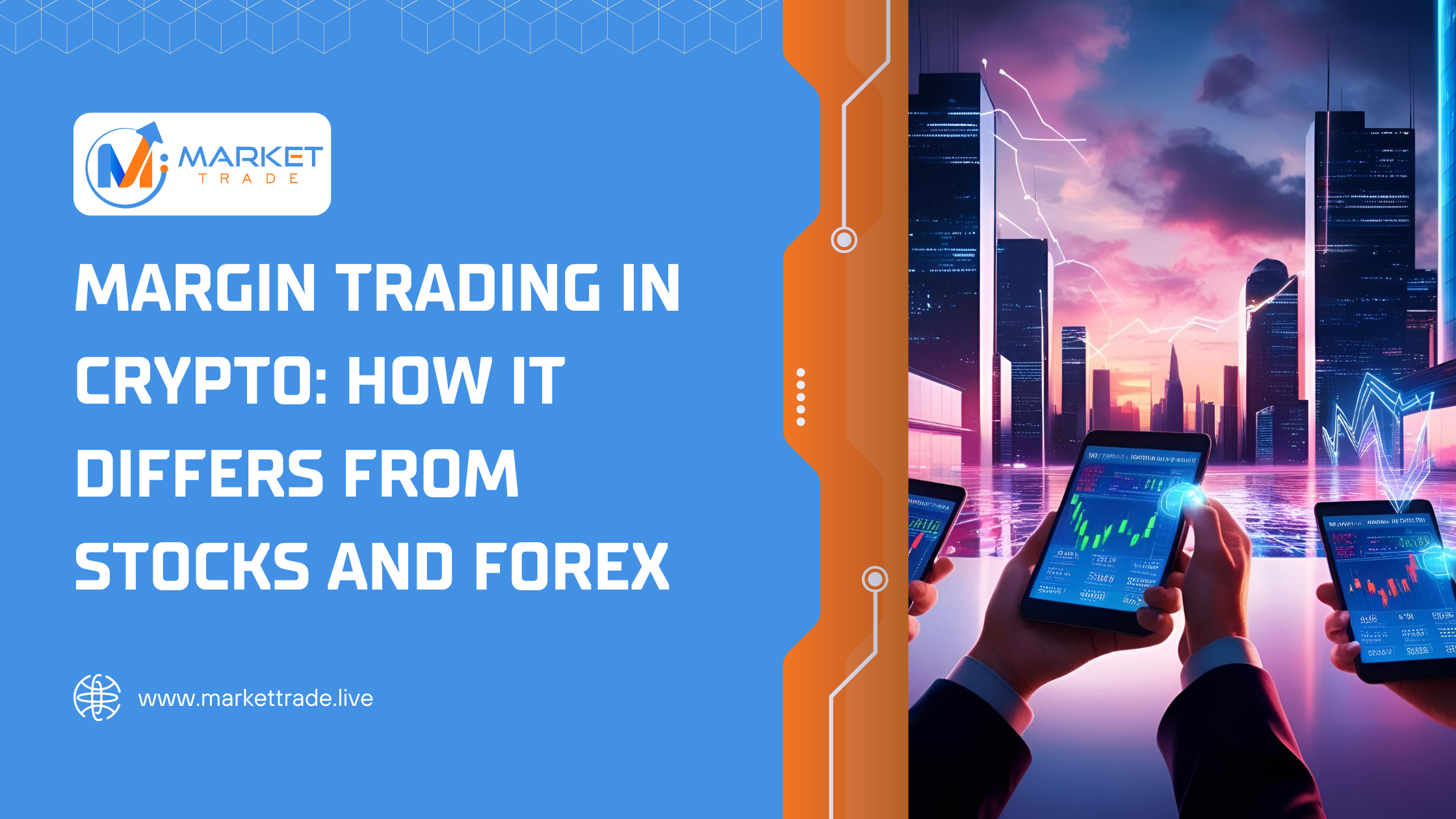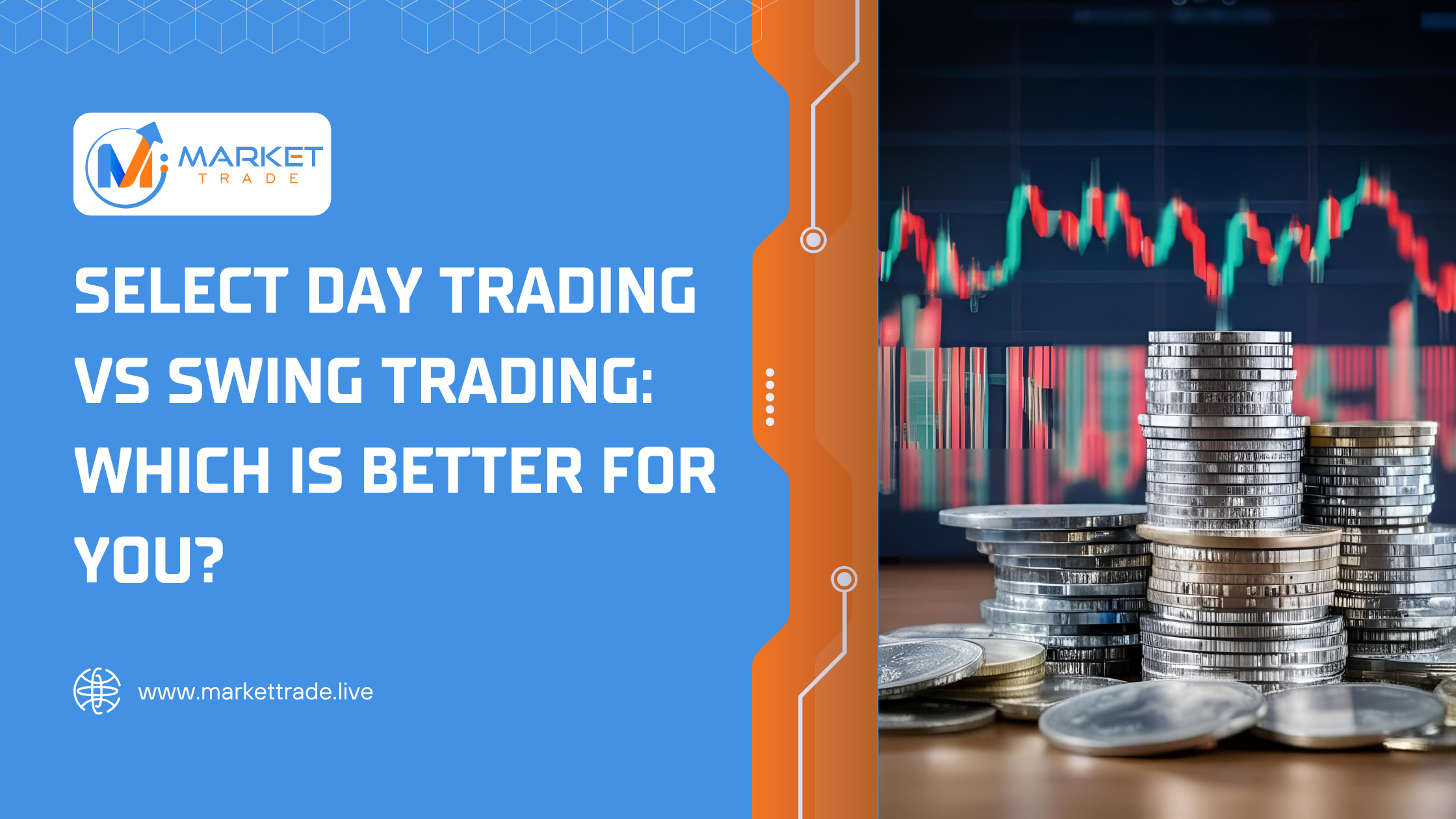
If you’re eager to start day trading but wondering how much money you really need, you’re not alone. One of the most common questions beginners ask is: “Can I start day trading with ₹1,000 or ₹10,000?” The truth is — you can start small, but your capital directly impacts your strategy, risk management, and profit potential. In this guide, we’ll break down how much capital you need to start day trading in India, what it depends on, and how to make the most of your budget — whether you’re starting with ₹1,000 or ₹1 lakh. ✅ What Is Day Trading Capital? Your trading capital is the amount of money you allocate for intraday positions — trades that are opened and closed on the same day. It’s your “working capital” that you use to: Buy and sell stocks, commodities, forex, or crypto Absorb small losses Take advantage of margin/leverage Grow your account over time 📊 Factors That Affect Required Capital The capital you need depends on several factors: 🔹 1. Your Trading Instrument Stocks (NSE/BSE) Commodities (Gold, Crude Oil on MCX) Forex or Crypto (via CFDs or brokers) Each asset class has different price ranges, lot sizes, and margin requirements. 🔹 2. Leverage & Margin Availability Leverage allows you to trade bigger positions with smaller capital. For example: SEBI-regulated brokers offer 5x–10x leverage on intraday stocks Forex brokers may offer 50x–100x Crypto platforms allow up to 125x (extremely risky) 🔹 3. Your Risk Tolerance The more risk you can afford, the more capital you can allocate.Pro tip: Don’t risk more than 1–2% of your capital per trade. 💰 Capital Requirements Based on Trading Style ✅ 1. Beginner with Low Capital (₹1,000 – ₹5,000) You can start practicing intraday trading with small positions, especially in: Penny stocks Low-volume equities Practice accounts or demo trading 🔹 Reality Check: Don’t expect big profits. Focus on learning, strategy testing, and discipline. ✅ 2. Practical Starting Point (₹10,000 – ₹25,000) This is a good starting range for retail intraday traders. You can: Trade liquid stocks like Tata Motors, Zomato, or PNB Use 3x–5x leverage to control higher position sizes Apply proper risk management with stop-loss 📈 Goal: Small, consistent profits (₹200–₹500 per day) ✅ 3. Ideal Range for Consistent Intraday Trading (₹50,000 – ₹1,00,000) At this level, you can: Diversify across 2–3 trades per day Absorb small losses without margin calls Earn decent returns with 2%–3% daily profit targets Scale up with higher confidence 📈 Example:With ₹1,00,000 and 5x margin, you can control up to ₹5,00,000 in trades — enough to play in liquid mid-cap stocks or Nifty derivatives. 🔒 What About Margin? ✅ Margin = Borrowed capital from your broker Example:You deposit ₹20,000. With 5x margin, you can place trades worth ₹1,00,000. But remember: Higher margin = higher risk Always set stop-loss to protect your capital Margin must be maintained daily or you’ll face a margin call 🧠 Pro Tips for Day Trading Capital Management Start with an amount you’re okay losing — capital preservation is priority Use risk-reward ratios of at least 1:2 Increase your capital only after consistent profitability Don’t chase profits — focus on consistency 💼 Want to Start with ₹10,000? Here’s What You Can Do With ₹10,000 on Market Trade, you can: ✅ Trade 2–3 high-volume stocks✅ Use up to 5x leverage✅ Apply tight stop-loss and position sizing✅ Access real-time charts and indicators✅ Trade on both desktop and mobile apps 🏁 Conclusion There’s no fixed number for how much capital you need to start day trading — but ₹10,000 to ₹25,000 is a practical and safe range for beginners in India. With good strategies, discipline, and risk management, even a small account can grow steadily over time. Start small. Trade smart. Focus on progress, not perfection. 🚀 Start Day Trading Today with Market Trade Join Market Trade, your trusted platform for zero-hidden-fee trading, live intraday tools, and reliable execution — even with low capital. 👉 Sign up now and start trading with as little as ₹1,000!



